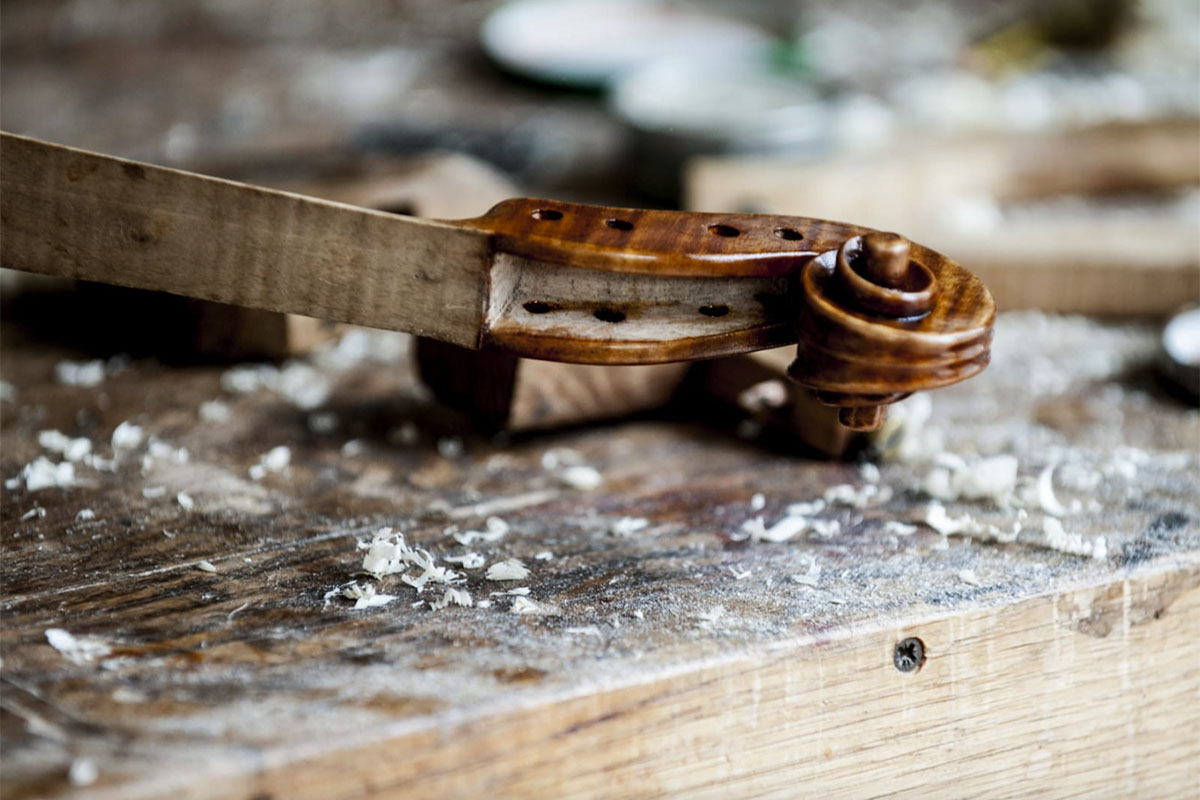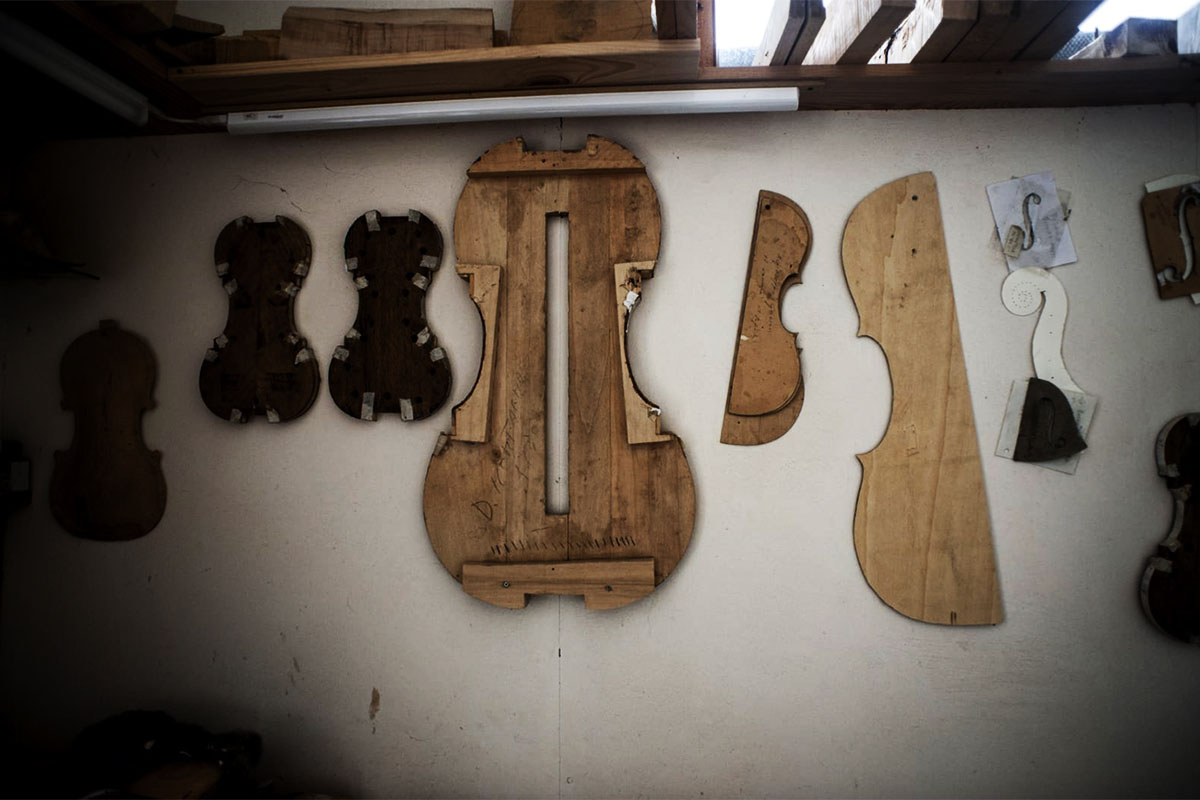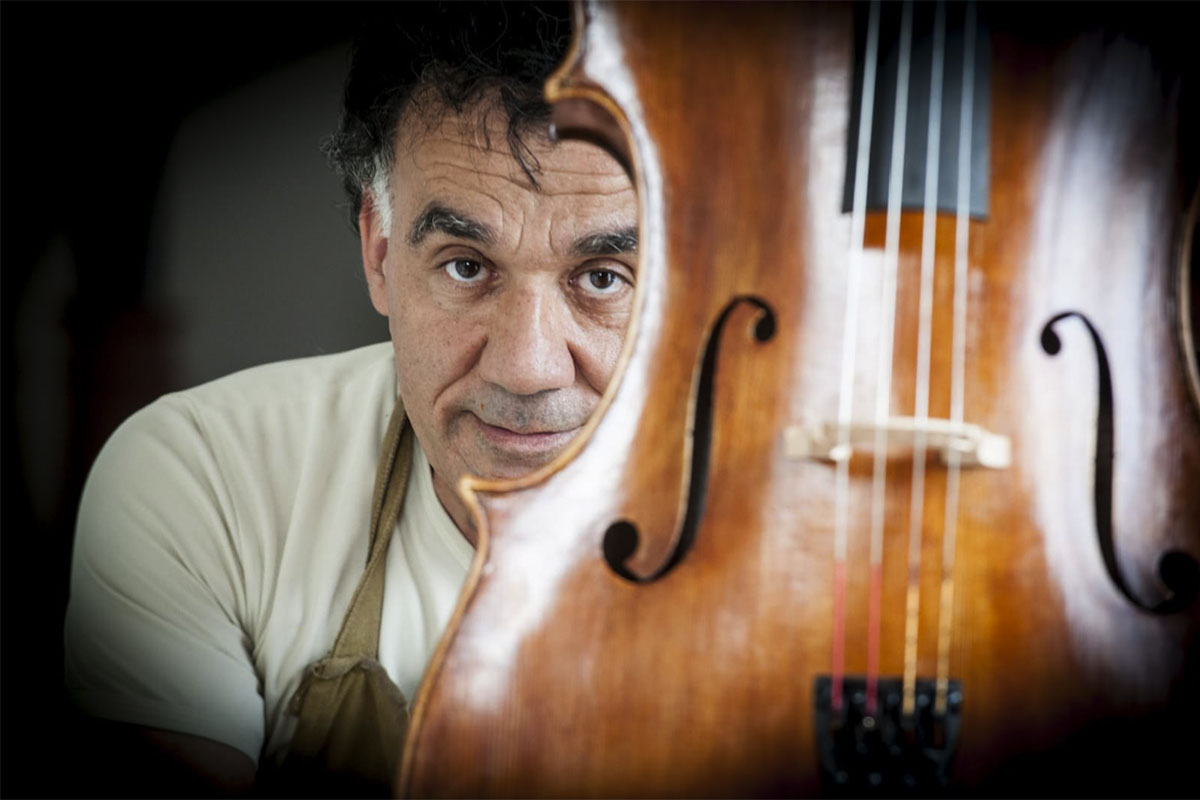The precious woods that are used for the construction of the chinrest are boxwood (box shrubs are evergreen Mediterranean plants), very hard and yellowish in color, ebony (from Malaysia, India, Indochina and Africa), black, hard and heavy to the point of not being able to float. There’s also varieties of ebony with dark brown grain, … Continue reading The making of a chinrest
In the photos you can see the worn and the broken parts the case, where to carry out restoration work. The damaged parts are carefully restored by gluing the various missing parts with clamps. Afterwards, when the glue has been dried, these newly added pieces are shaped with various tools to fit the shape of … Continue reading Restoring a violin case: a look over the whole process
This is how this beautiful violin case looks before restoration: I intend to show you how the various parts of the restoration are carried out. The work done on this specific piece not only aimed to preserve the past and otherwise to be lost craftsmanship: the case is internally made of wood, externally of pressed … Continue reading Restoring a violin case
Only part of the trunk is used and made into quarters, then split again manually along the fiber and its grain. This last phase is crucial in order to check for any flaws, such as knots, resin pockets and alterations that would not otherwise be seen with the use of mechanical saws.
Most of the logs are sent to the sawmill to be sawn into lumber; only a small part of it will be carefully chosen for the production of soundboards. The trunks chosen are mostly large plants that in these mountain climatic conditions range from 100-200 and over (20-50 cubic meters per year).






